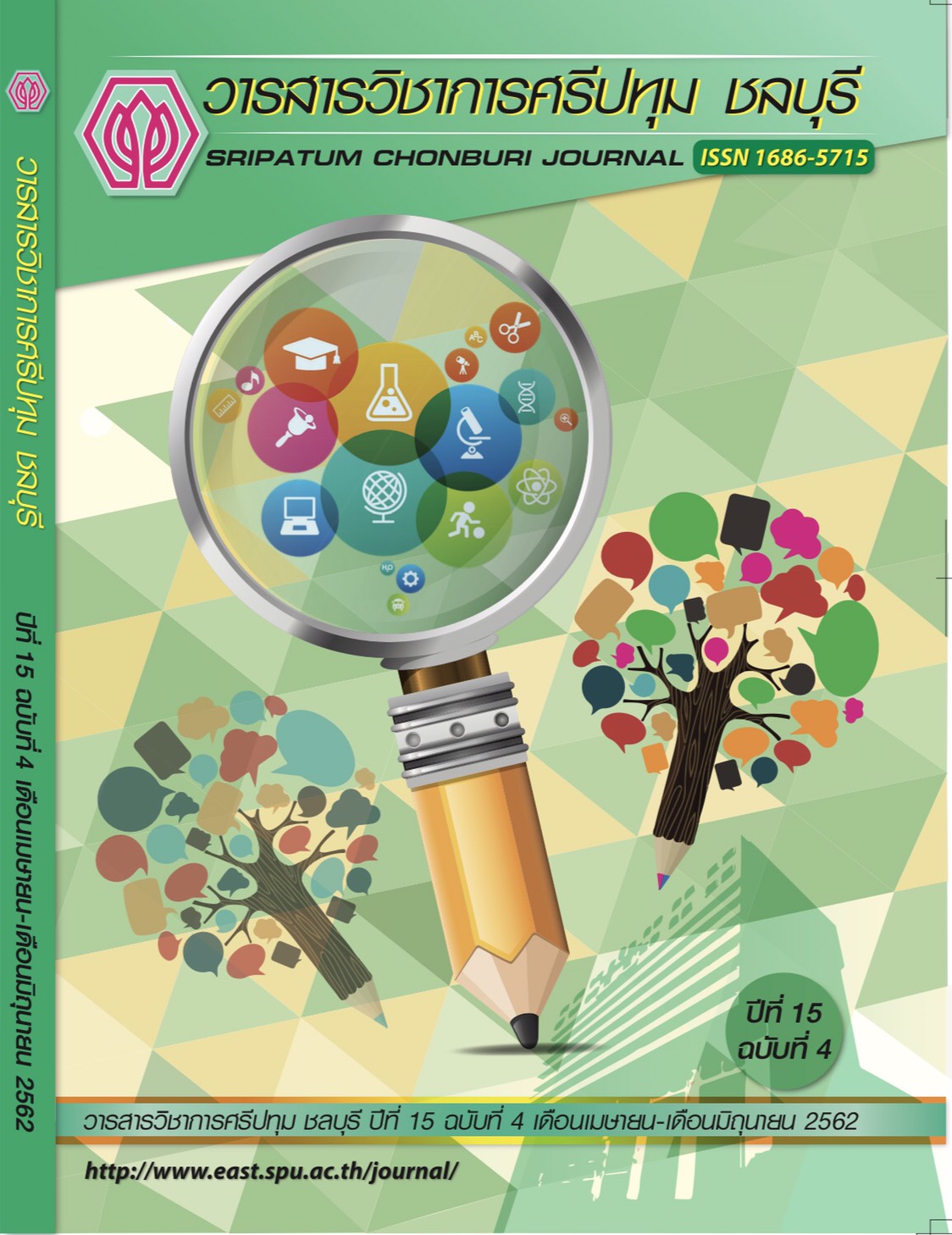TURNING THAI ART IDENTITY INTO ANIMATION
Keywords:
animation, Thai art, identityAbstract
This article aims to propose the concept of turning Thai art identity into Thai animation. In order to design an animation with Thai identity, there are four elements that need to be considered: 1) story: there are various collections of Thai identity from Thai literary art and other Thai storytelling such as art, tradition, way of life, 2) characters and scenes: Thai visual arts consist variety sizes, shapes, colors of
characters from Thai painting and sculptures, distinctive of scenes from Thai architecture, 3) Animation : Thai identity can be accumulated from Thai dramatic gesture, such as loving, angry, walking, sitting, etc., or other Thai movements that can be observed by comparing the difference between the movement of Thai people and Foreigners, and 4) Sound: Thai music contains variation of sounds-it is a combination of Thai musical instruments and international musical instruments which we call contemporary work. The author believes that cultural values and the beauty of Thai art are astounding among people around the world. Therefore, Thai style animation works should get published throughout the world continuously, the Thai animation industry will become popular and can expand to more markets around the world.
References
ธนิต อยู่โพธิ์. (2515). อธิบายนาฏศิลป์ไทย. กรุงเทพฯ: โรงพิมพ์พระจันทร์.
ราชบัณฑิตยสถาน. (2556). พจนานุกรม ฉบับราชบัณฑิตยสถาน พ.ศ. 2554. กรุงเทพฯ: ราชบัณฑิตยสถาน.
วิกิพีเดีย. (2562). แอนิเมชัน (ออนไลน์). เข้าถึงได้จาก: https://th.wikipedia.org/wiki/%E0%B9%81%E0%
B8%AD%E0%B8%99%E0%B8%B4%E0%B9%80%E0%B8%A1%E0%B8%8A% E0%B8%
B1%E0%B8%99 [2562, 1 เมษายน].
วิบูลย์ สี้สุวรรณ. (2559). พจนานุกรมศัพท์ศิลปกรรมไทย. นนทบุรี: เมืองโบราณ.
ศุภชัย สิงห์ยะบุศย์. (2546). ทัศนศิลป์ปริทัศน์. กรุงเทพฯ: โอเดียนสโตร์.
Layboune, Kit. (1998). The animation book. New York, NY: Three River.
Downloads
Published
Issue
Section
License
บทความทุกบทความเป็นลิขสิทธิ์ของวารสารวิชาการศรีปทุม ชลบุรี


